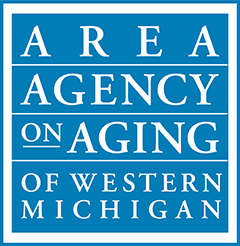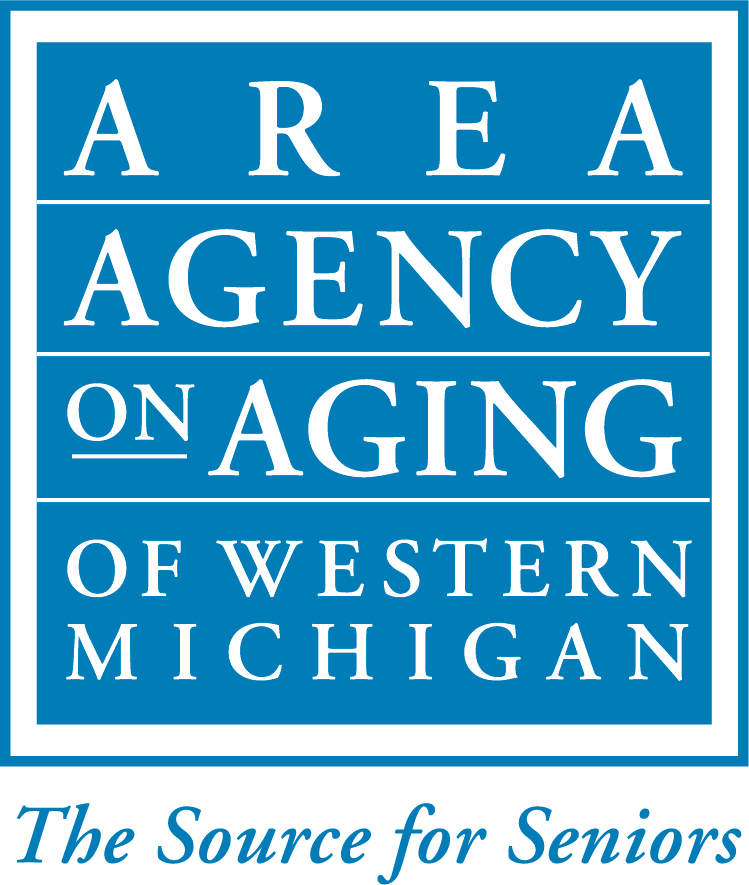Articles
All About MI Choice Medicaid Waiver

Aging is obviously something that everyone will experience. Yet everyone ages a little differently, meaning the supports and resources someone might require while getting older could take on a variety of different forms. One of the common resources has been relying on nursing homes for care. However, the cost of nursing homes has always been high, and though many provide a wonderful community and personalized care, it is many people’s wish to remain living in their own homes. In fact, according to an AARP survey, 3 out of 4 adults aged 50 and older wish to "remain living in their community for as long as possible" (AARP). One program that helps make this possible is the MI Choice Medicaid Waiver program, which offers in-home care that an individual would otherwise be receiving at a nursing facility.
What Does MI Choice Provide Help With?
MI Choice is designed for those with a high level of care needs. Some of the services one could receive help within the MI Choice program can include things like help with bathing, toileting, feeding, and other personal care tasks, meal preparation, housekeeping, respite care, and personal emergency response systems. MI Choice can also help individuals with things like purchasing durable medical equipment, making small home modifications to create a safer environment, and guidance from a Supports Coordinator team made up of both a nurse and a social worker. These services can enable the individual to remain living in their own home without relying on full-time support from a family member.
Why MI Choice Matters
The MI Choice Waiver program began as the Home and Community-Based Services for the Elderly and Disabled (HCBS/ED) Waiver program and became available in all of Michigan in 1988 (Michigan.gov).
Back in the 1980s, this program began to develop as a response to a disproportionate amount of Medicaid dollars being allocated for long term care facilities when studies had shown that at least one-third of those Medicaid funded residents would have been capable of living at home (Fox and Clauser, 1980). Although paying someone to come into your house for personalized care can be expensive, nursing homes tend to be much more expensive overall. A recent finding from the state of Michigan estimates a $551,477,733 savings through the program state-wide versus nursing facility costs in 2020.
Affordability was just one reason why the Waiver program was created, though another major focus for the program is to minimize unnecessary institutionalization. People tend to be happier and healthier when they live in community settings. At the Area Agency on Aging of Western Michigan, we hope to help individuals “age in place”. According to a 2011 study, aging in place is tied to a sense of identity and linked to independence (Wiles et al., 2011). Aging in place is when an individual is able to grow older in the least restrictive environment of their choosing. An example of aging in place would be utilizing programs, people, and other resources to promote independence in decision making, like somebody being on the Waiver program to stay in their house instead of moving to a nursing facility (when that is not their desire). Many seniors value living in the same place where they know their neighbors, local stores, transportation options, and where they have a sense of normalcy. These programs are designed to help older adults preserve their independence and well-being while remaining part of the communities they love.
How to Get Started
So how does the program work or how would someone get started? The MI Choice Waiver program is provided by multiple agencies, each conducting an assessment after an individual is referred. This assessment ensures that the individual is appropriate for the program. Not just that they qualify for it, but that they are safe at home with these measures in place, as the Waiver program does not offer 24-hour in-home care as a nursing home would. The assessment asks questions about what the individual is able to do on their own, what they are seeking help with, and reviews what services the program can offer, including how many hours the individual is approved to receive each week. To qualify for this program, an individual must meet the state of Michigan’s NFLOC (Nursing Facility Level of Care Determination), qualify for long-term care Medicaid, and meet income and asset criteria.
Other Supports
If you aren't at a nursing home level of care, there are still options for lesser support to help you find the right fit. The Care Management program provides in-home care for those 60 and older who would benefit from assistance with lighter tasks. Perhaps this care looks like housekeeping and personal care once or twice a week to help fill in those gaps of things you can no longer do on your own. Additionally, there are adult day centers and programs like PACE that offer care and activities to their participants. Navigating care and resources can be overwhelming, if you are unsure of where to start, call the Area Agency on Aging of Western Michigan (AAAWM) at (616) 456-5664. Our Information and Assistance team works to fully understand a person’s unique situation and recommend the best fit of services.
To get more information about older adult supports visit www.aaawm.org or the call Area Agency on Aging of Western Michigan at (616) 456-5664.
References
https://www.aarp.org/retirement/planning-for-retirement/info-2018/retirees-age-in-place-aarp-study.html
Fox and Clauser, 1980; Krause, et a., 1978; pega
MDHHS Assistance Programs Health Care Coverage Services for Seniors. (n.d.). Retrieved from https://www.michigan.gov/mdhhs/0,5885,7-339-71547_2943_4857-16263--,00.html
Wiles, J. L., PhD, Leibing, A., PhD, Guberman, N., MSW, Reeve, J., PhD, & Allen, R. E., PhD. (2011, October 7). The Meaning of "Aging in Place" To Older People. Retrieved December 22, 2020
Tagged:

